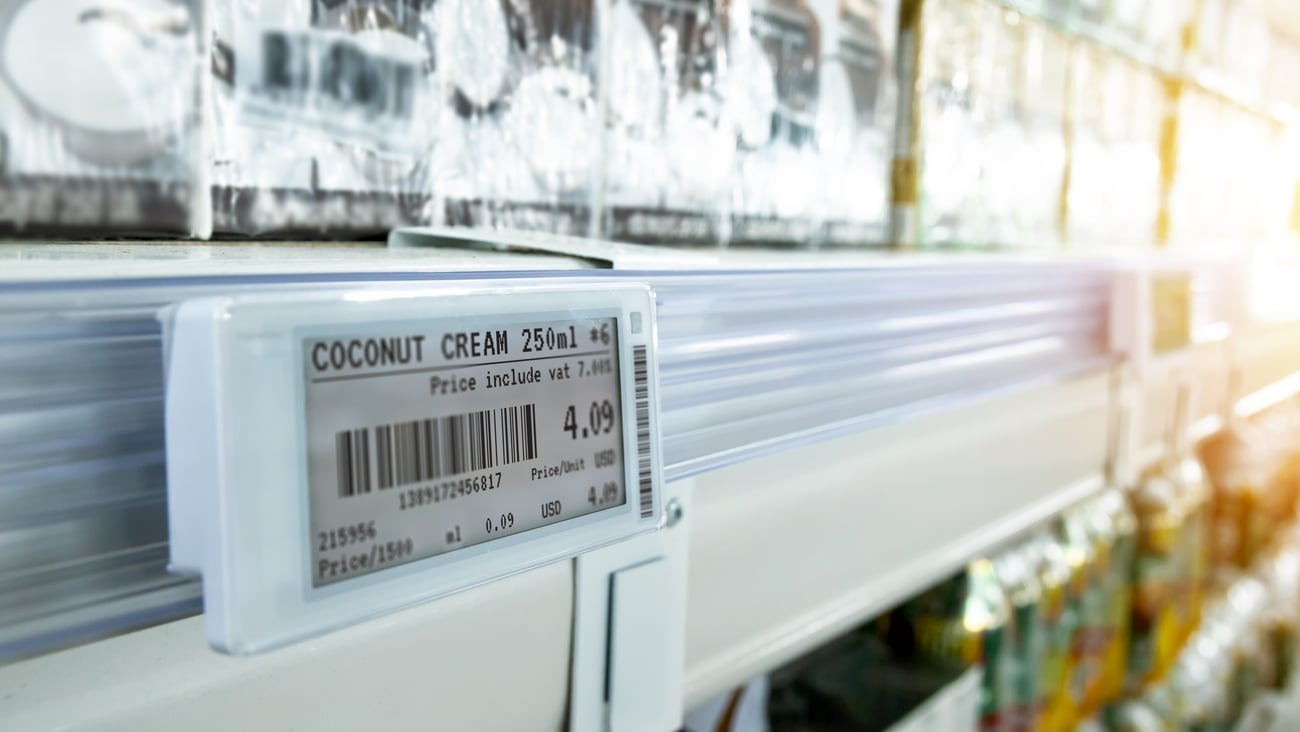Food inflation: The seventh-inning stretch
Statistics Canada is reminding Canadians every month how painful their trips to the grocery store have been recently. The retail inflation rate is still at an astonishing 9.9%, its highest point since 1981. In fact, our food inflation rate has exceeded the general rate since December of last year, which is why food prices are on everyone’s mind. Allegations of “greedflation” are rampant, accusing the industry of gouging consumers who are stressed by an increasingly higher cost of living. We are seeing signs, though, that things are improving, and calmer seas are ahead of us as we enter the fall season.
Food inflation is often about context. Back in July 1978, while the inflation rate was at 9.4%, food prices were increasing year-to-year by a whopping 20.2%. That is by far the largest difference we have seen in the last 50 years. Things were out of control. Our current situation is nowhere near what it was in 1978. In the United States, food inflation right now at grocery stores is above 13%. The United Kingdom’s food inflation rate in July was 12.7%, again much higher than Canada’s.
The good news is that our food inflation appears to have peaked, or at least it’s under control, for now. Since April, our food inflation rate overall, which is now 9.2% with both retail and service combined, has not reached 10% yet. The highest month-to-month jump this year was indeed in January at 1.4%. That was the highest month-to-month jump since 2016. In June, it was 0.1%. July, however, saw another jump at 0.9%. But since 2011, we have seen month-to-month increases exceeding 0.9% a total of 12 times. The bottom line is that the numbers are telling us that extreme volatility affecting food prices may be behind us. The impact of Russia’s invasion of Ukraine on commodity prices which triggered a new inflationary cycle has now been mostly absorbed by food supply chains. Commodity prices peaked on May 17 and have dropped significantly ever since.
Supply chains are also dealing with more predictable conditions related to COVID protocols. As governments continue to keep people safe, COVID-related rules and conditions are much more foreseeable, which is really helping the food industry, both service and retail. As consumers, we should expect more rebates, discounted products and loss leaders. It’s easier to offer deals when market conditions are more stable. Consecutive lock downs, implemented last-minute, took their toll and made life a nightmare for many in the food industry.
There are, however, some trouble spots at the grocery store. The first one is dairy. The Canadian Dairy Commission has recommended a second unprecedented increase of 2.5%, which will start on September 1. Dairy farmers are getting 11% more for their milk and butterfat since February. It’s great for our farmers, but retail prices in the dairy section have skyrocketed. Since February, according to BetterCart Analytics, fluid milk prices have increased by about 25%. Yogurt, cheese, sour cream and ice cream are all much higher since February, and we are expecting another jump in the weeks to come, as kids go back to school. It couldn’t happen at a worse time.
In essence, with record-breaking increases this year, dairy is literally pricing itself out of the market, and some dairy processors are adjusting. Lactalis, the largest milk buyer in the country, recently converted its Sudbury-based plant and will now solely manufacture plant-based products. This points to where the market is going. While dairy farmers want more money, what seems to be underappreciated is that we will lose more farms due to an anemic demand for more expensive dairy products.
Bakery goods are also another category in which we have seen higher prices. For many years, bakery goods were a non-story. This year, with more consolidation in processing, it was expected to see higher prices. Typically, the correlation between commodity and retail prices is weak, but this year’s market conditions with grain scarcity has made access to some ingredients challenging. Many food verticals have been impacted by procurement issues. Quite the year. Canada’s Food Price Report in December did predict higher bakery and dairy prices, so it’s not necessarily a surprise.
If you were to compare the current inflationary cycle to a baseball game, we’re in the seventh-inning stretch. We also learned last week from Statistics Canada that grocery store sales dropped 3% since January, so the market is tightening. More consumers are visiting non-traditional grocers like Walmart or Costco, or even dollar stores to make ends meet. The days when people flocked to grocery stores at the beginning of the pandemic are long gone. Food sales are earned, more than ever. A sign of the times.





